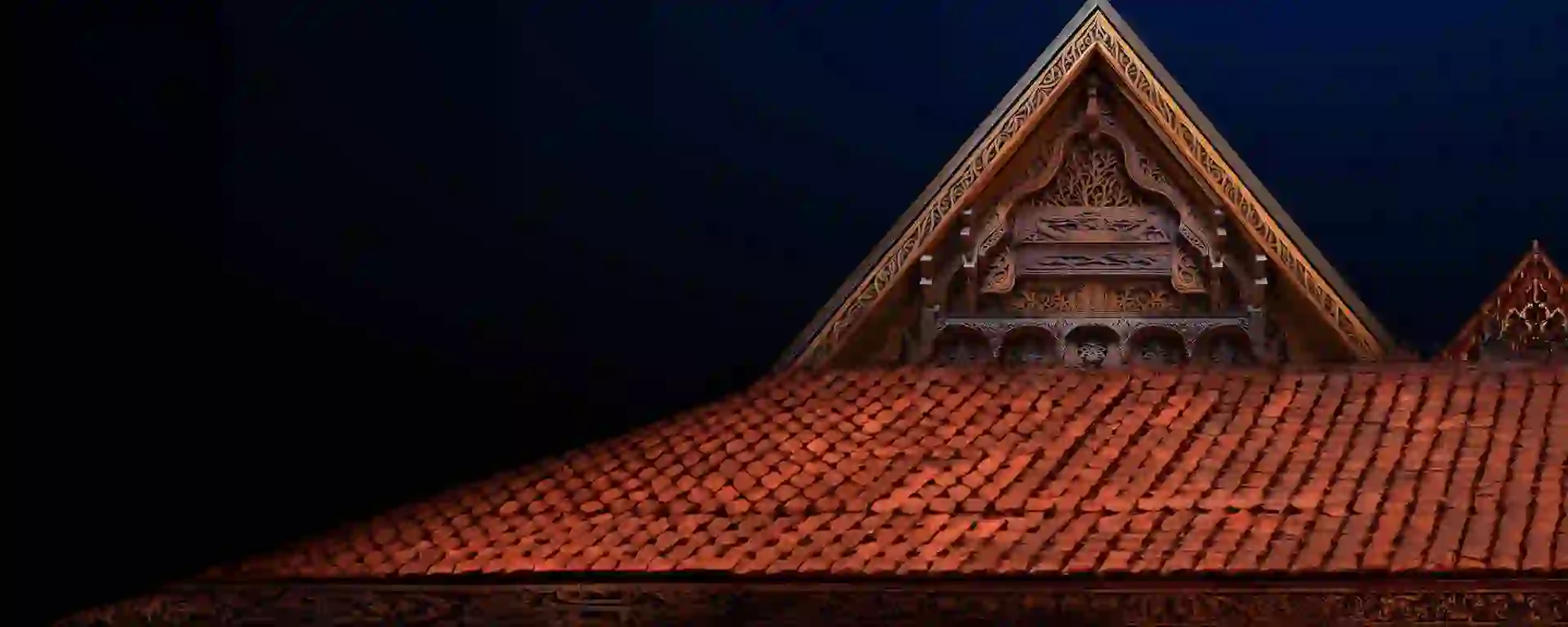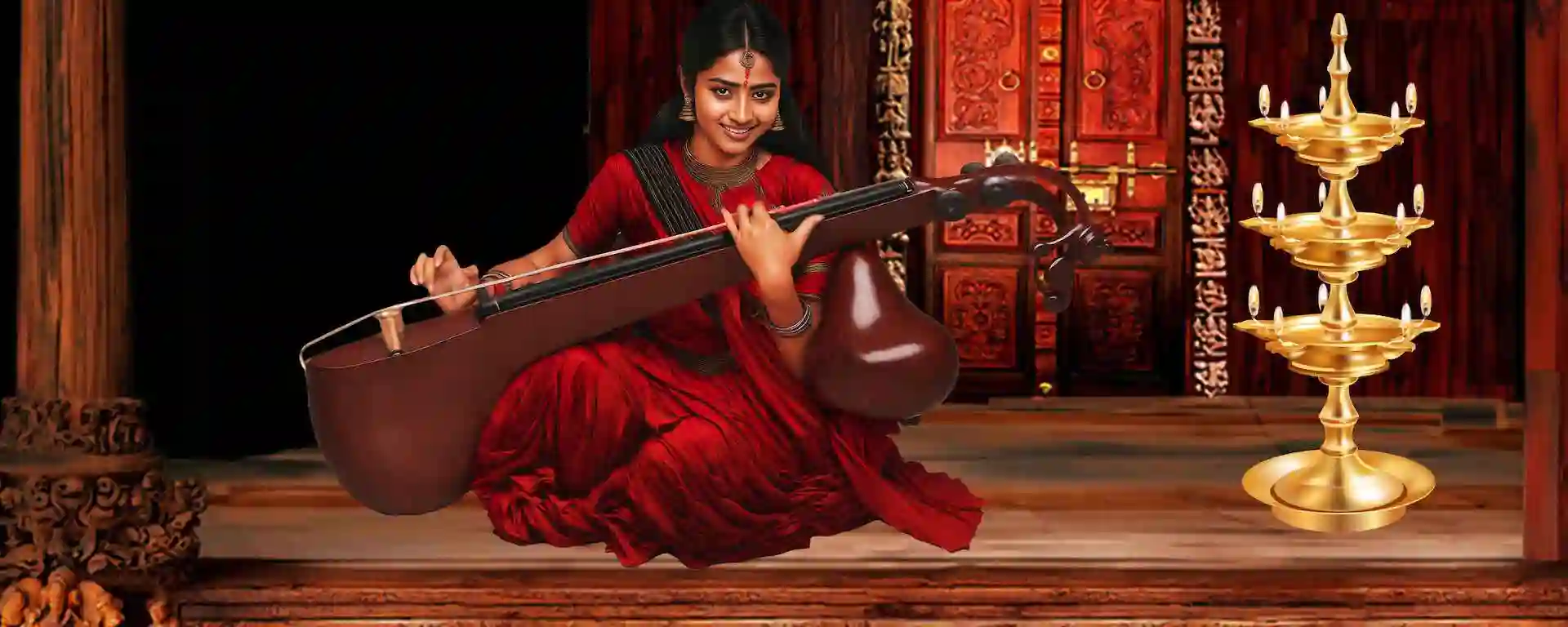India’s ancient martial arts are not merely relics of the past; they are dynamic and evolving practices that continue to thrive in the modern world, preserving centuries-old traditions while adapting to contemporary times.
These martial arts offer not just physical training but also mental discipline, spiritual growth, and self-defense techniques that are as relevant today as they were in ancient India. Among the most captivating and widely revered are Adimurai, Silambam, Kalari, and Kalaripayattu – each a unique reflection of India’s rich heritage, warrior culture, and ingenuity. These arts are a living testament to the skill, wisdom, and resilience of the Indian martial tradition.
Adimurai: The Warrior's Code

Originating in Tamil Nadu, Adimurai is one of India’s oldest combat systems. Its emphasis on powerful strikes and precise movements makes it a highly effective martial art. This ancient practice was traditionally passed down through generations of families and was often used for self-defense and in battlefield situations.
Adimurai combines hand-to-hand combat with techniques to target an opponent's vital points, known as "varma kalai." This art form is not just about physical strength; it also requires a deep understanding of human anatomy and strategic thinking.
Silambam: The Graceful Art of Stick Fighting
One of the most visually striking martial arts, Silambam, uses the bamboo staff as its primary weapon. Its roots can be traced back thousands of years, with references found in Tamil literature and folklore. The intricate movements of Silambam mimic the natural flow of water and air, emphasizing agility and precision.
In addition to the staff, Silambam practitioners train with other weapons, including swords, daggers, and even flexible whips. This versatility makes it a comprehensive martial art that is as relevant today as it was in ancient times.
The Kalari Connection

Both Adimurai and Silambam share similarities with Kalari and Kalaripayattu, martial arts from Kerala. Kalari, often practiced in sacred spaces called "kalari," lays the foundation for self-defense, spiritual growth, and physical well-being. It has greatly influenced other Indian martial arts, including Silambam.
Kalaripayattu, in particular, stands out for its combination of body movements, weaponry, and yoga-based principles. The art form is known for its grace and precision, often resembling a dance in motion.
Revival and Modern-Day Appeal
Today, martial arts like Adimurai and Silambam are gaining global recognition, thanks to cultural festivals, workshops, and even films that showcase their beauty and power. Many practitioners now integrate these arts into fitness routines, self-defense training, and even performance art.
Why Learn These Ancient Arts?
- Self-Defense: Practical techniques for real-world situations.
- Fitness: Improve flexibility, strength, and endurance.
- Cultural Pride: Connect with India’s rich history and traditions.
- Mental Focus: Enhance discipline and mindfulness.
Conclusion
Whether it’s the precise strikes of Adimurai, the fluid movements of Silambam, or the holistic training of Kalari and Kalaripayattu, these ancient arts offer something unique for everyone. By embracing these traditions, we preserve a part of India’s vibrant history while benefiting from their timeless wisdom in our daily lives.
Comments